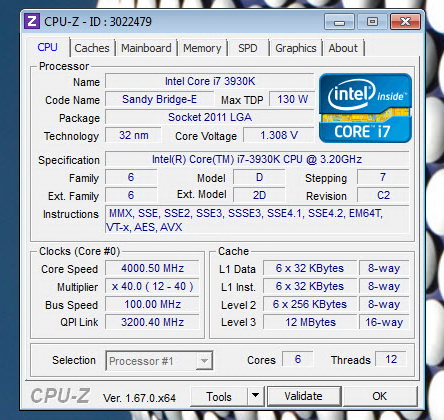TEST BED


TESTING METHODOLOGY
SATA DOM drives may not be that different compared to SSDs but it seems that they are not as durable and since there's really no reason to push them hard we will be using the same testing methodology as we do with regular HDDs and USB Flash Drives. So once again in order to be almost 100% certain of the results we get and post in our charts we will use the same 6 benchmarking suites in an effort to bring you the most accurate results across the board. Now the only reason why i say effort is because real-world usage is not always on par with what results one gets by running several benchmarks on a drive and that's mainly because there are many variables at work from ambient temperatures to hardware configurations and even firmware versions. The benchmarking applications we use are the AIDA64 suite (former Everest Pro), HD Tune Professional, HD Tach RW, ATTO, Sisoftware Sandra Pro and the Crystal Disk Mark 64bit. These benchmarking tools are the best in what they do and as you will also see later on their results more or less agree. Each test is performed a total of 6 times and then the average is recorded into the charts. The operating system as usual is a fresh installation of Microsoft Windows 7 Ultimate Service Pack 1 with every update installed up until the 8th of March 2014.
Since we have reviewed no other SATA DOM drives and since some of the usages can also be covered with regular HDDs and SSDs we decided to build a comparison in our charts between two HDD models (2.5/3.5") and one SSD model so everyone can see what the device in our hands is capable off. True comparing such a tiny drive against full sized 2.5" and 3.5" drives may not seem fair but we wouldn't be doing so if we didn't feel that there's a valid reason for that.

 O-Sense
O-Sense









